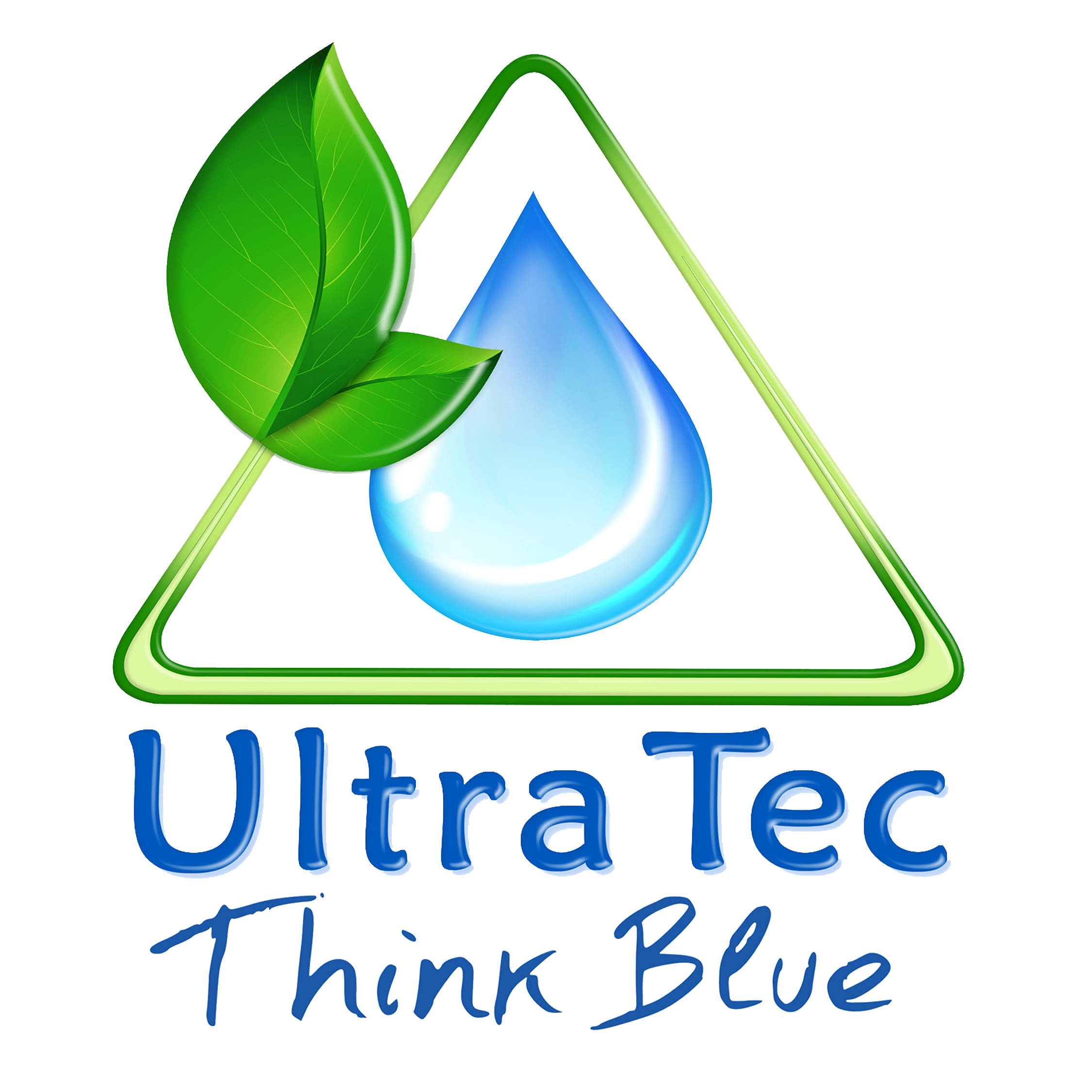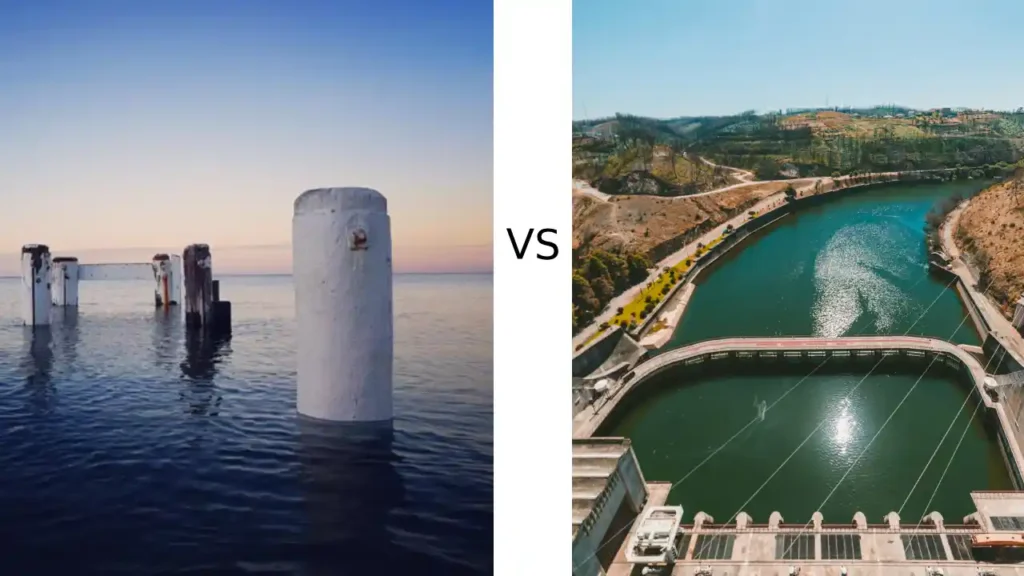Comparison of RO Plants: Brackish Water Reverse Osmosis (BWRO) vs. Sea Water Reverse Osmosis (SWRO)
RO plants, which are integral to water treatment, provide solutions for a wide range of uses, from residential to industrial applications. The main types of RO plants, Brackish Water Reverse Osmosis (BWRO) and Sea Water Reverse Osmosis (SWRO), differ in important ways, and understanding these distinctions is crucial for choosing the most appropriate system for specific water treatment requirements.
Brackish Water Reverse Osmosis (BWRO)
BWRO facilities are designed to treat brackish water, which contains a concentration of dissolved solids lower than seawater but higher than freshwater. It’s commonly found in wells, boreholes and certain surface water sources. Since it contains a lower salinity than seawater, these facilities typically operate at lower pressures and use less energy than SWRO facilities.
Sea Water Reverse Osmosis (SWRO)
Evoqua builds sea water reverse osmosis (SWRO) facilities to treat sea water with salt levels significantly higher than brackish feed water. Sea water is filled with a variety of dissolved solids, such as salts and minerals, which require treatment before it is acceptable for different applications, such as drinking water supply, industrial processes, and agriculture. SWRO facilities require larger pressures and greater energy of operation because sea water has an increased salinity.
Key Differences:
- Feed Water Source:
BWRO plants treat brackish water sources with lower salinity levels.
SWRO plants treat seawater sources with higher salinity levels.
- Operating Pressure:
BWRO plants operate at lower pressures compared to SWRO plants.
SWRO plants require higher operating pressures to overcome the higher salinity of seawater.
- Energy Consumption:
BWRO plants generally consume less energy compared to SWRO plants due to lower salinity levels.
SWRO plants require more energy to overcome the higher salinity of seawater during the reverse osmosis process.
- Cost Considerations:
BWRO plants may have lower initial capital costs and operating costs compared to SWRO plants.
SWRO plants may require higher initial investments and ongoing operational expenses due to the higher energy requirements.
Choosing the Right System:
Selecting the appropriate type of RO plant depends on factors such as the source water quality, desired water output quality, energy availability, and budget considerations. For locations with access to brackish water sources, BWRO plants may offer a cost-effective solution. In contrast, SWRO plants are suitable for coastal areas and offshore applications where seawater is the primary water source.
In conclusion, understanding the differences between BWRO and SWRO plants is essential for making informed decisions regarding water treatment solutions. Whether treating brackish water or seawater, RO plants play a vital role in providing clean, safe, and potable water for various uses across different industries and communities.
FAQs
- What is BWRO and SWRO?
BWRO stands for Brackish Water Reverse Osmosis, designed to treat water with higher salinity levels than freshwater but lower than seawater.
SWRO stands for Sea Water Reverse Osmosis, specifically engineered to treat seawater with significantly higher salinity levels than brackish water.
- What are the primary differences between BWRO and SWRO plants?
The primary difference lies in the source water they treat: BWRO treats brackish water, while SWRO treats seawater.
Operating pressures and energy requirements differ, with SWRO plants requiring higher pressures and energy due to the higher salinity of seawater.
- What are the typical applications of BWRO and SWRO plants?
BWRO plants are commonly used for treating groundwater, well water, and certain surface water sources in regions with brackish water.
SWRO plants are utilized in coastal areas and offshore locations where seawater is the primary water source for drinking water supply, industrial processes, and agriculture.
- Which type of plant is more energy-efficient?
Generally, BWRO plants are more energy-efficient than SWRO plants due to the lower salinity levels of brackish water.
SWRO plants require higher energy consumption to overcome the higher salinity levels of seawater during the reverse osmosis process.
- How do the costs compare between BWRO and SWRO plants?
BWRO plants may have lower initial capital costs and operating expenses compared to SWRO plants, making them more cost-effective for certain applications.
SWRO plants often require higher initial investments and ongoing operational expenses due to the higher energy requirements for treating seawater.
- Which type of RO plant is suitable for my project?
The choice between BWRO and SWRO depends on factors such as the source water quality, desired water output quality, energy availability, and budget constraints.
Consulting with water treatment experts can help determine the most appropriate type of RO plant for your specific project requirements.
- Are there any environmental considerations associated with BWRO and SWRO plants?
Both BWRO and SWRO plants have environmental impacts related to energy consumption and waste disposal.
Implementing energy-efficient technologies and sustainable practices can help minimize the environmental footprint of RO plants.

